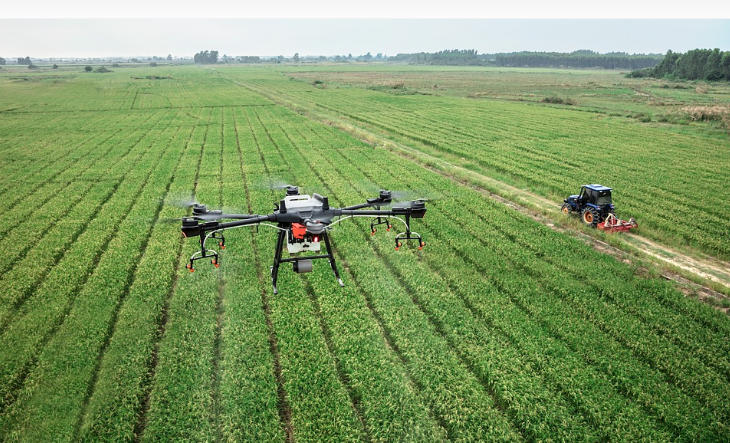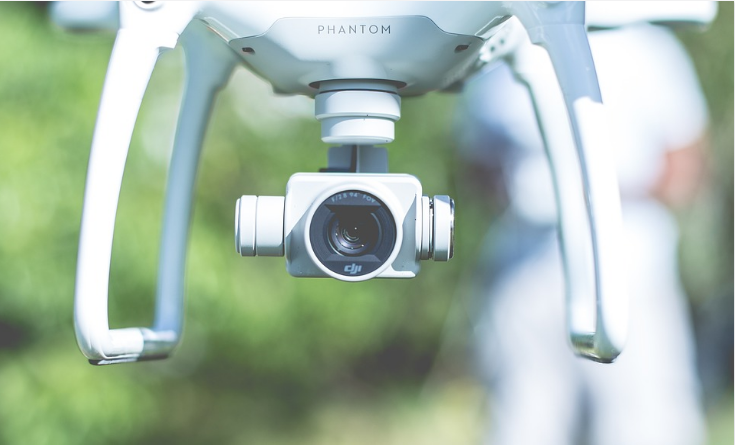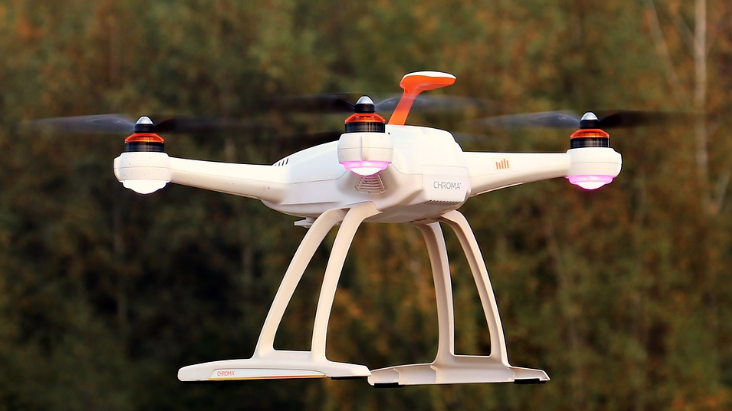
Exhibition time: 17-19 March, 2026 Shanghai, China
 中文
中文

Exhibition time: 17-19 March, 2026 Shanghai, China
 中文
中文

Key words of the passage: drone; farmers; mobile apps; digital
Farmers in Southeast Asia are using drones and smartphone apps to wage war against the fall armyworm (FAW), a transboundary agricultural pest that causes major damage to maize and other crops.
Drones help smallholder farmers shift to more precise agriculture practices, reduce pesticide use, and promote safer pesticide handling, said Alison Watson, a consultant who is working with agricultural development platform Grow Asia to monitor and manage FAW in the region.
Farm management mobile apps, meanwhile, provide early warning pest alerts to farmers as well as FAW management advice.
“Not every farmer has to own a drone,” said Ms. Watson. “We need to consider different business models that allow smallholder farmers in the Philippines to access such technologies in a low-cost and effective way.”

Aside from digital-centric approaches to managing FAW, Grow Asia advocates the use of biocontrol (the use of living organisms to depress a pest population), surveillance and monitoring, the breeding of pest- and climate change-resistant maize, and farmer communications.
Still, nothing replaces the keen eye of a farmer. “One of the best ways to manage fall armyworm and reduce crop loss is early detection through regular physical scouting of the field,” said Ms. Watson. “Farmers should scout early and often, up to three times a week at the start of the new season.”
According to Minda Flor M. Aquino, chief of Region II’s Regional Crop Pest Management Center, the damage from FAW in Cagayan Valley as of the latest planting season of conventional corn (sweet corn, white corn, and green corn) is approximately 30%.

FAW (Spodoptera frugiperda) is endemic across Southeast Asia, although it was first reported in the region in 2018. It feeds on more than 350 plant species, particularly maize.
The pest’s long-distance migratory movement is assisted by the monsoon patterns of the region, said Ms. Watson, while the tropical climate enables it to live year-round and breed continuously.
“A regional approach is necessary,” she said. “A good strategy applied in one country is likely to be ineffective if effective management of FAW is absent in neighboring countries.”
The Action Plan on FAW is interviewing farmers in the Philippines, Cambodia, and Indonesia as part of its Voice of the Farmer project, with information to be shared on its knowledge and innovation hub.
Source: AgroPages
